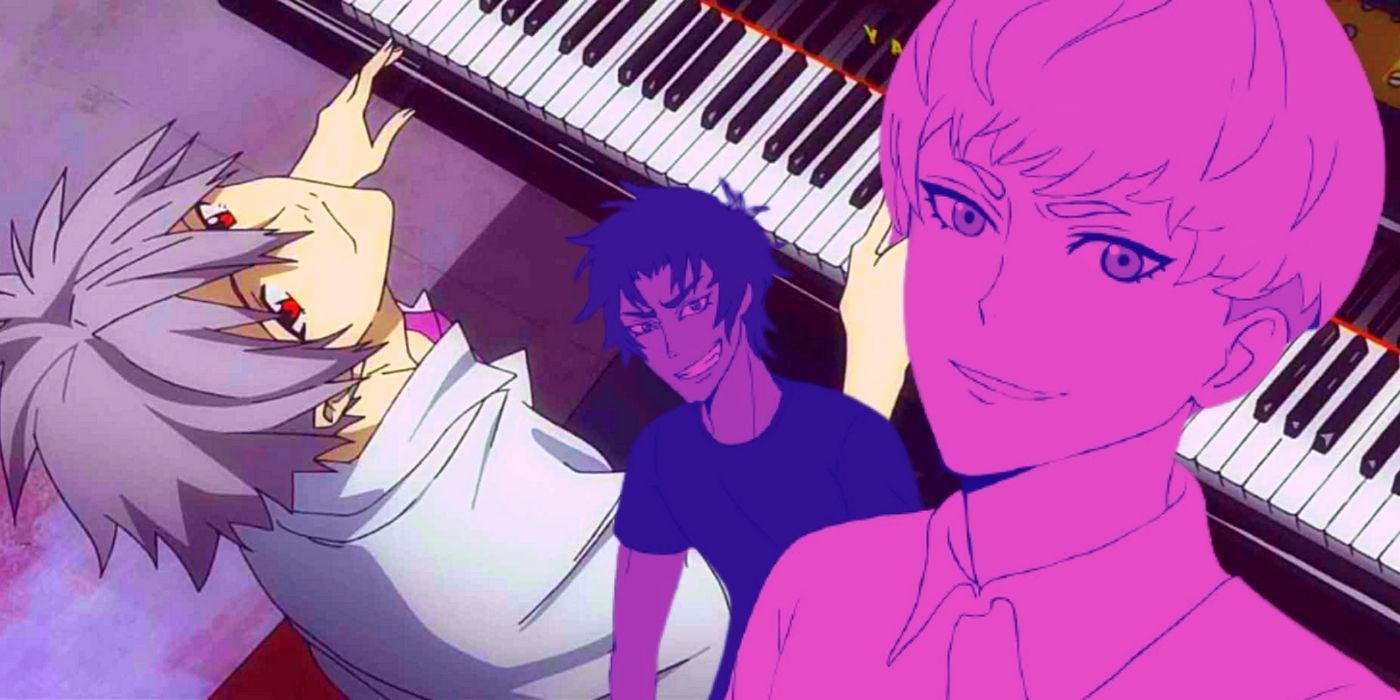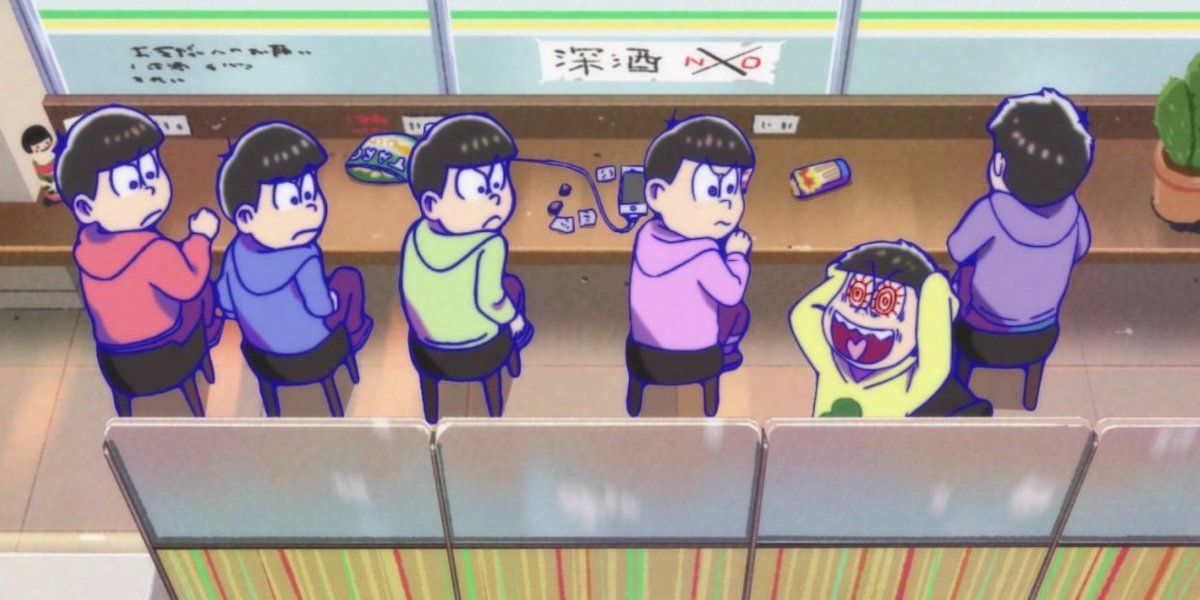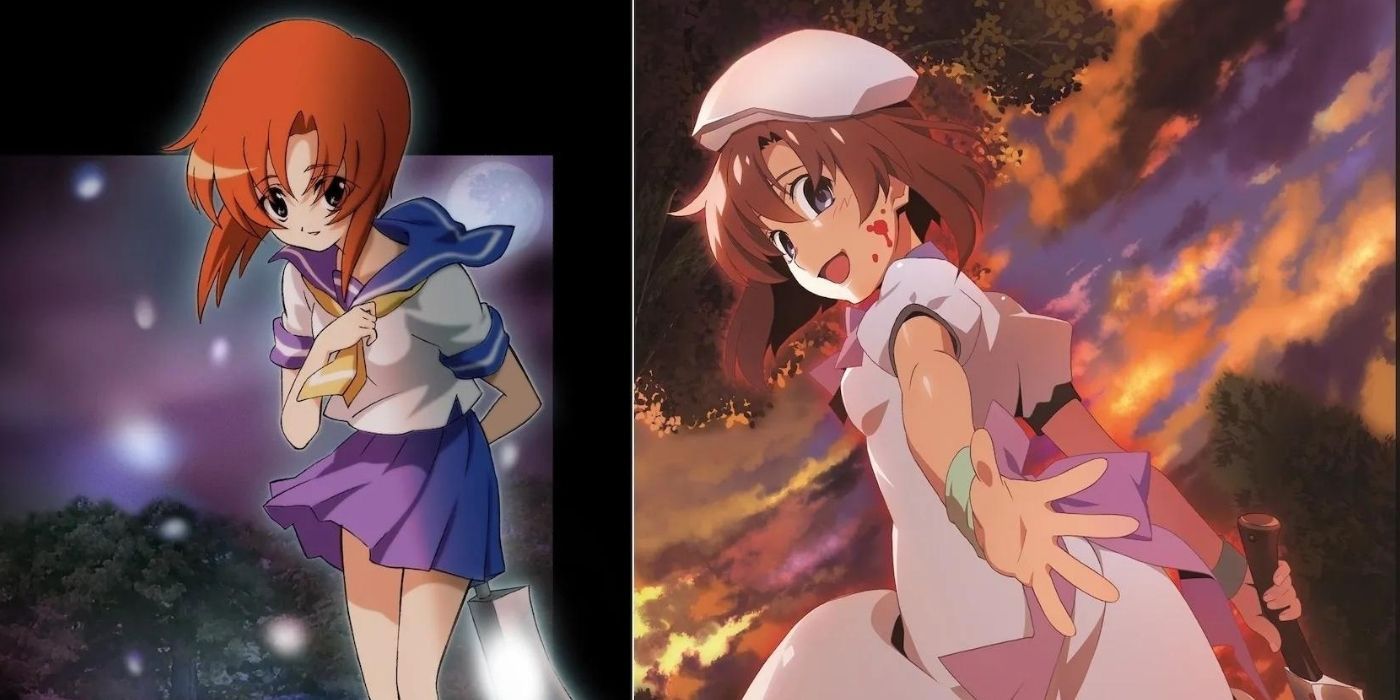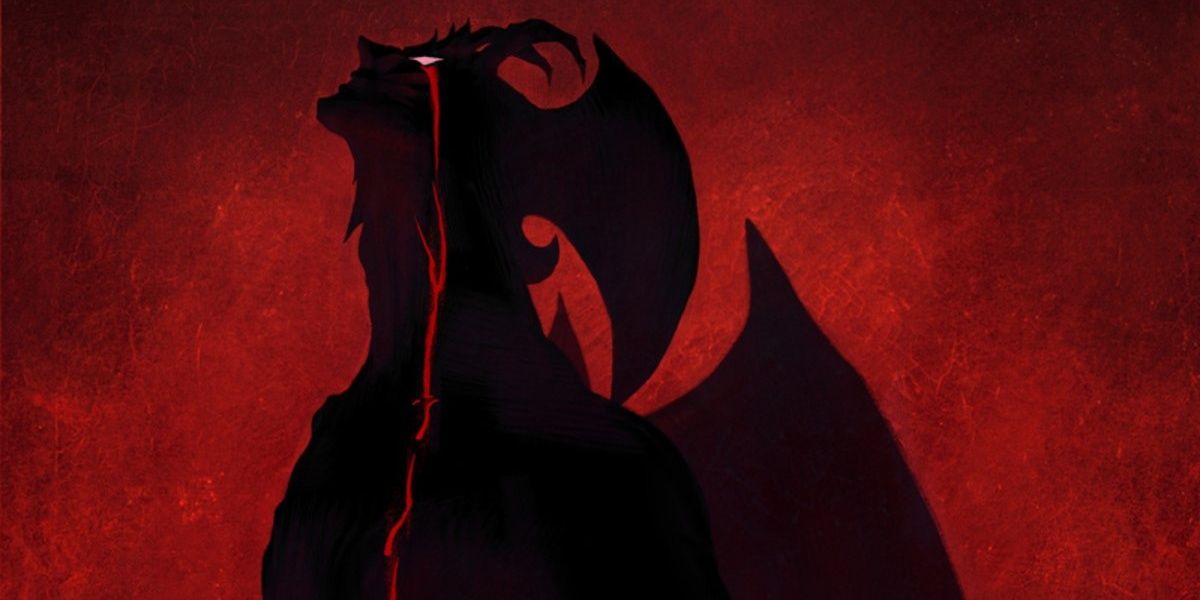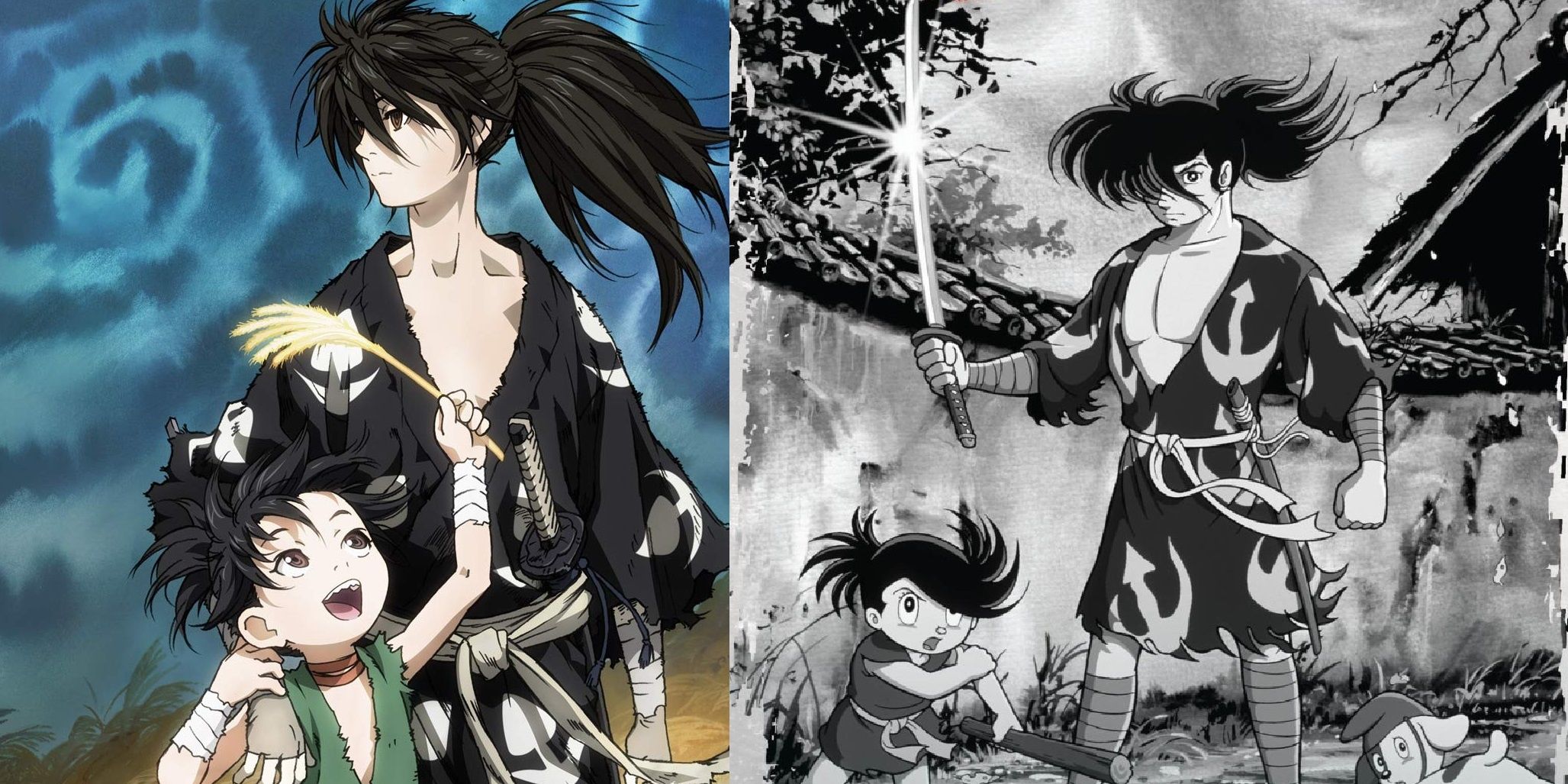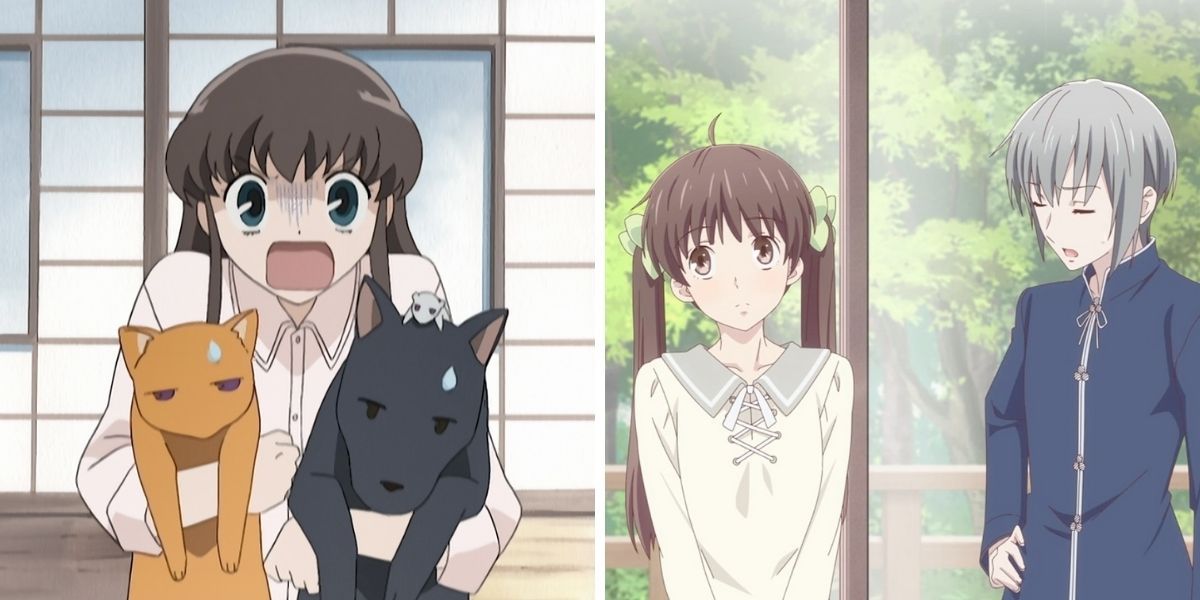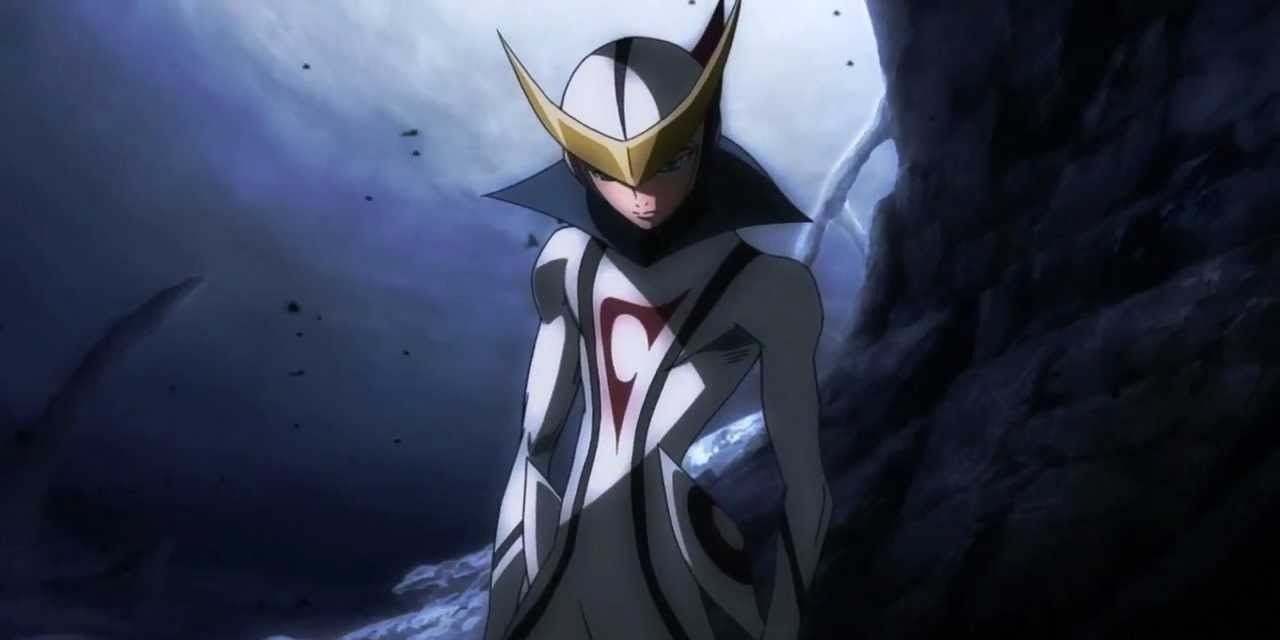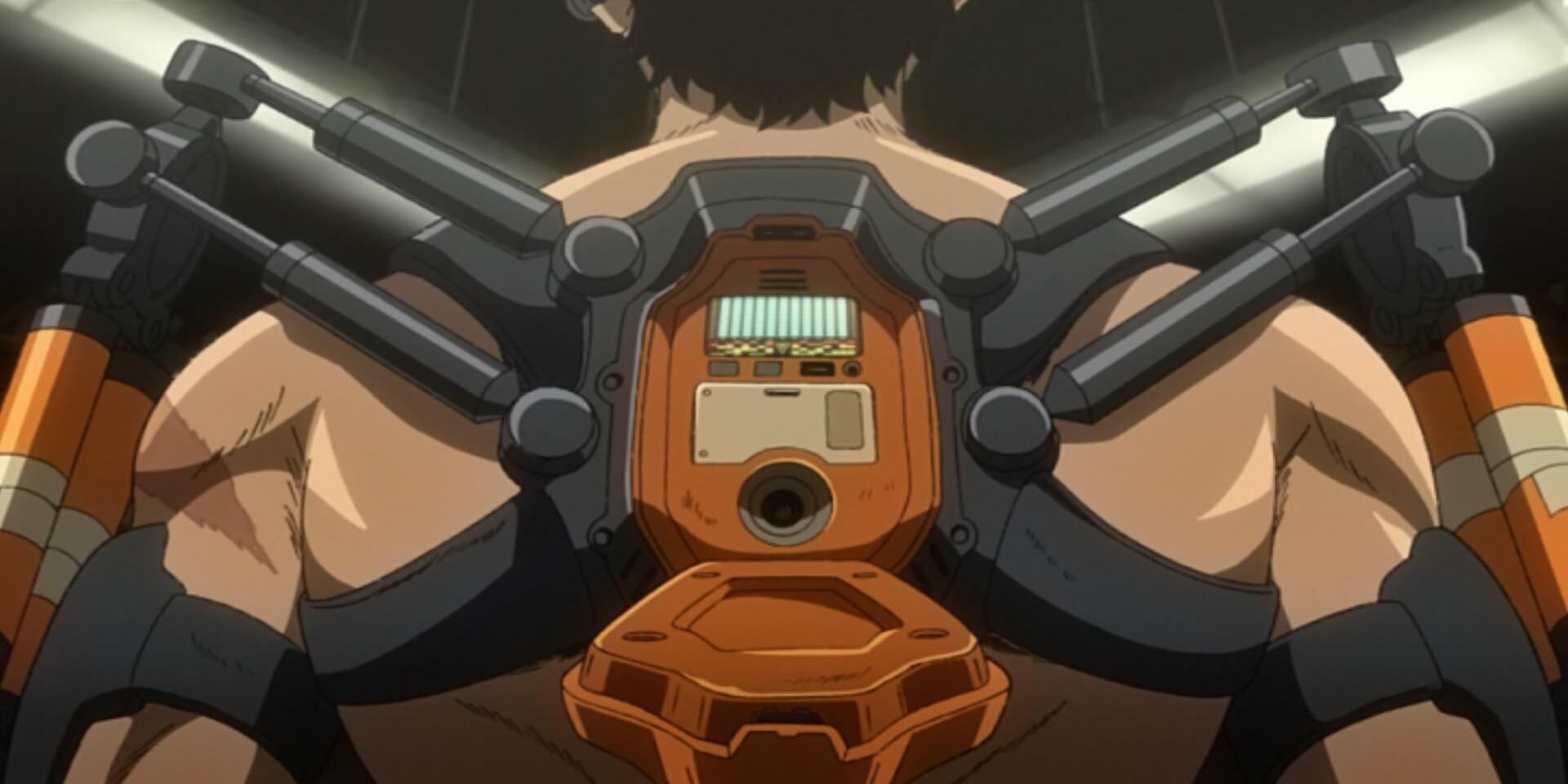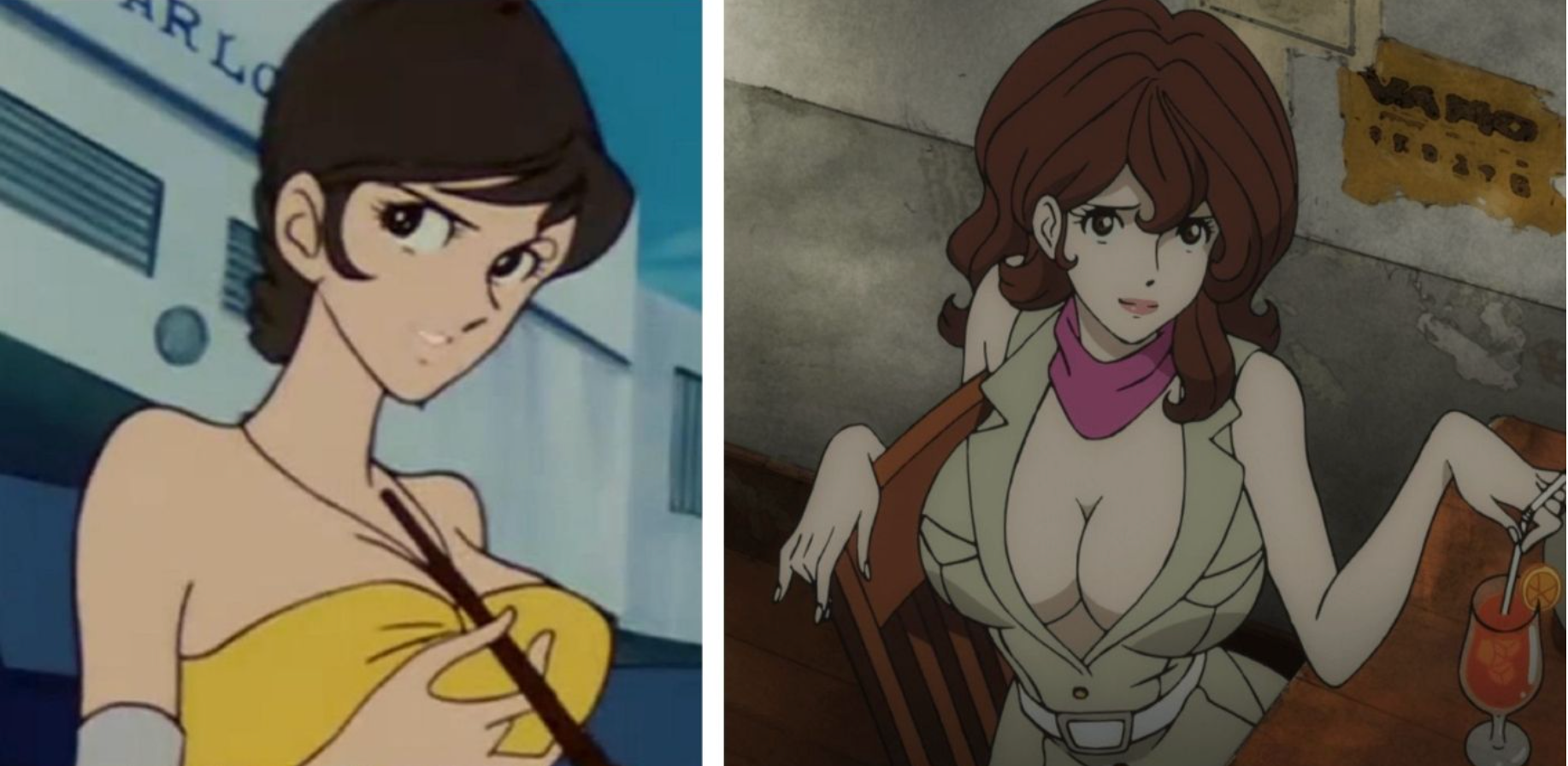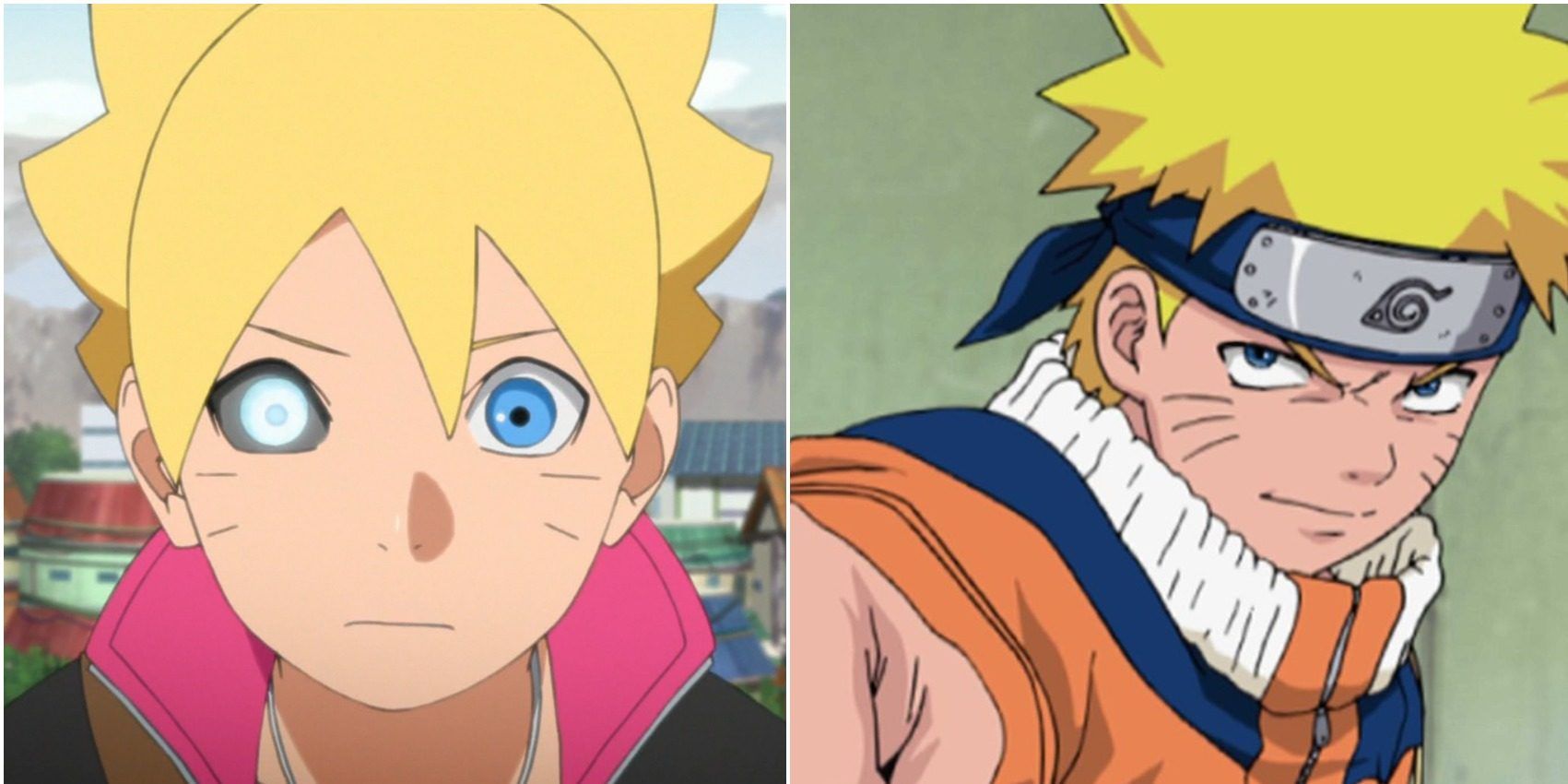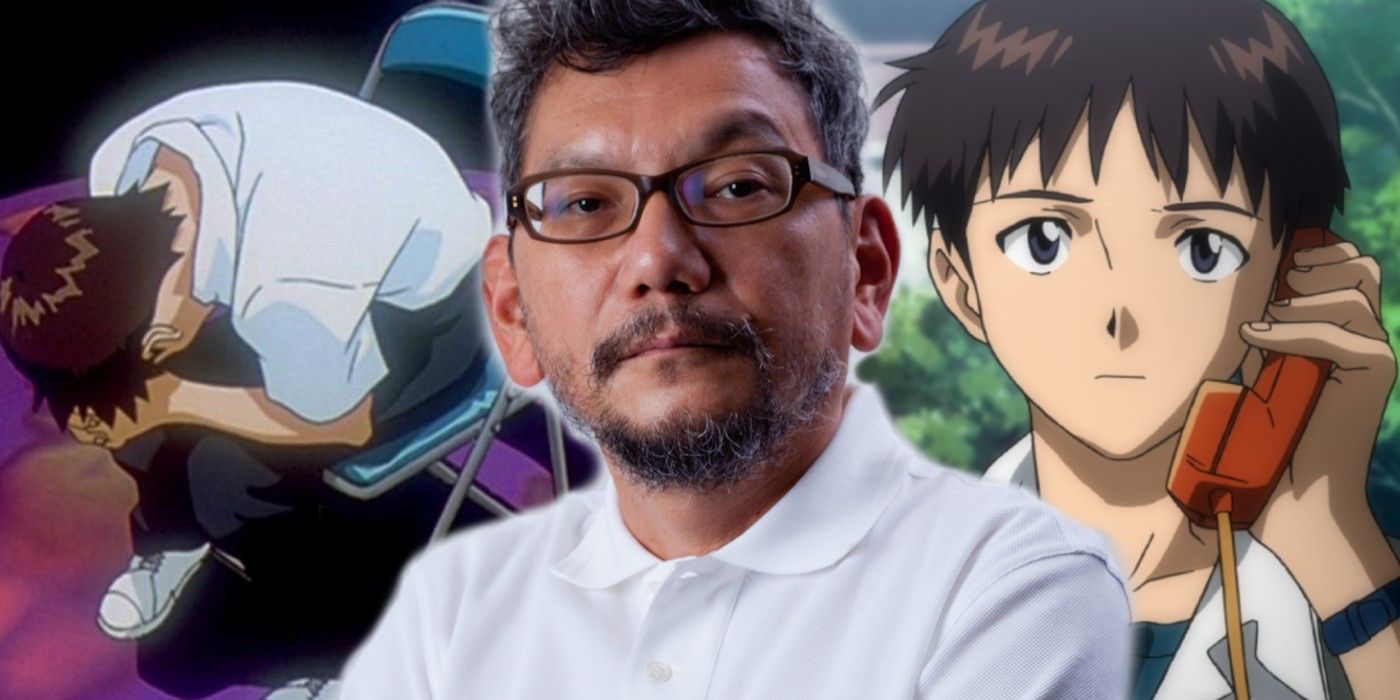Reboots are usually a toss-up, with the odds pitted against them. Too often, fans have gotten their hearts set on the revival of a classic anime only to be disappointed in what comes next. Berserk fans, for instance, are still smarting from the awful 2016 iteration.
But while some reboots are dismal and others fantastic, in both categories, some reboots really take reinventing the wheel as modus operandi. These reboots aren't afraid to rewire the heart of a series entirely, for worse or sometimes, in rare, wondrous cases, for better.
10 Otsumatsu-San Is Irreverent In The Best Way
Osomatsu-San managed, for a time, to accomplish the nigh-impossible: it recreated a dated classic from the Showa period as a modern, relevant comedy half a century later. It did this so effectively that Osomatsu-San garnered a devoted fanbase overseas, which is more than can be said for its predecessor, which never saw syndication in the West.
Though both series succeeded in satirizing the zeitgeist of their respective times, Osomatsu-San's creators took a bold step by not redesigning the fundamental look of the characters. In this one case, sticking to basics was a revolution in itself and proved popular in the long run.
9 Better Illustration Proves Boring For When They Cry
Chiaki Kon, director of 2006’s Higurashi, has received a lot of backlash over the years. While her directorial flourishes certainly aren't to all tastes, the original When They Cry anime proved a surprising hit. In fact, her sometimes careless direction and bizarre character designs helped cement the series in the otaku canon.
And it turns out that impact is hard to replicate. Making an offbeat murder mystery story based on a cult horror game isn't actually improved by virtue of being nice to look at. The 2020 reboot of the series created virtually no stir in the fan community. People don't gravitate toward Higurashi because it's pretty, but because it is weird. Alas, the reboot lacks that ugly, off-kilter charm.
8 Devilman Crybaby Is A Weird Arthouse Explosion
This much is certain: when director Masaaki Yuasa works on a project, it’s not going to be dull. And while taking on a legendary series like Devilman might have felt too daunting to lesser directors, Yuasa embraced the challenge with a degree of rabid creativity bordering on manic.
The original Devilman series is a twisted, violent take on the sentai superhero legacy, but the reboot is infused with psychedelic horror. Uncomfortable, unabashedly graphic, and often downright bizarre, Devilman Crybaby taps into a more modern set of fears.
7 Dororo (2019) Added Depth To A Tezuka Classic
It feels taboo to speak a word against Osamu Tezuka, the famed grandfather of all manga. But while most or all of Tezuka's works have undeniable merits and were often masterpieces, he was restricted by the era he lived in, just as all creators are.
Whereas the original Dororo series was a ronin story with a supernatural twist, steeped in action and tradition, the new one incorporates these aspects and so much more. A testament to disability and a challenge to gender, Dororo (2019) is a gold-standard found family story about learning to be human.
6 Fruits Basket (2019) Transforms Shojo Fluff Into A Poignant Family Saga
Some fans are quick to dismiss the entire shojo genre in its entirety. The truth is, shojo isn't for everyone, and it doesn't have to be. Some shojo works, however, are so transcendent they should be required viewing. Take, for instance, the Fruits Basket reboot. The original series was limited by its animation and lack of source material and leaned heavily on the moé aspects of the characters.
But though Fruits Basket (2019) embraces whimsy and a sense of humor, it balances those moments with genuine humanity. This family of cursed people and the girl who wants to save them from themselves prove a riveting, evocative cast. Finally, Fruits Basket completes the message it couldn't quite send in the early 2000s, and it is a powerful message indeed.
5 Casshern Sins Has A Bleaker Outlook Than The Source Material
It’s hard to think of a series that played the gritty cards of the aughts as Casshern Sins did. While the original series of OVAs and films was dystopian in their own '90s way, the 2008 reboot was produced in The Dark Knight era, when grit and ennui were the names of the game. While the reboot is far from a misfire, it didn't gain the traction many would have anticipated. It seems there's such a thing as too bleak.
4 Megalobox Gives Ashita no Joe The Full Mad Max Makeover
Anime's most iconic classics keep having landmark birthdays. Because anime first really hit its stride in the late sixties and seventies, fans are now experiencing a slew of anniversary reboots and tribute series. Among these, Megalobox, MAPPA's Ashita no Joe reboot, shines brightly, but it’s a far cry from its source material, so much so that some viewers don't realize the two are connected.
While the reboot has received heaps of critical acclaim and MAPPA really knocked the visuals and story out of the park, Megalobox has proven something of a sleeper hit among audiences. Perhaps, ironically, it's ahead of its time.
3 Mine Fujiko Reimagines An Iconic Character Through A Feminist, Sensual Lens
Women in anime have a lot to contend with, and writing women is a double-edged sword, as it is hard to acknowledge and portray female sexuality without being accused of catering to the male gaze. Director Sayo Yamamoto, of Yuri On Ice fame, is one director who isn't afraid to toe that tricky tightrope.
In the case of A Woman Named Mine Fujiko, an iconic side character and sex symbol from one of the most famous series of all time, Lupin III, is given center stage and a feminist rewrite. Yes, Mine Fujiko sexy, but she’s not a sex object. She’s a professional with full agency, and she doesn't have to lose her femininity to accomplish her goals.
2 Boruto Keeps Missing The Point
It is both ironic and cruel that Boruto can't live up to his father, neither as a character nor as a series. After all, Naruto too had a father who was hokage, and that internal pressure fueled him throughout his own series
Fans never really doubted Naruto would achieve his goals, but couldn't care less whether or not Boruto does. Boruto isn't interesting enough to believe in or doubt. He’s an unabashed knock-off of his dad, which makes for a lackluster protagonist.
1 Evangelion Rebuild Rewrites An Iconic, Controversial Story
"If it ain't broke, don't fix it." is an idiom that gets bandied about all too often. Many fans would argue that the original Neon Genesis Evangelion series isn't broken or, if it is broken, it is very deliberately and effectively broken. The infamous finale and Shinji’s declining mental health are a large part of what establishes the series as groundbreaking and subversive.
But no one can argue against Hideaki Anno himself rebooting his iconic series with a full budget and full directorial control, and by the end of the second rebuild film, the original plot begins to shift immensely in new directions. Even after the final film, Evangelion in all iterations maintains its status, but catharsis has at long, long last been granted.

